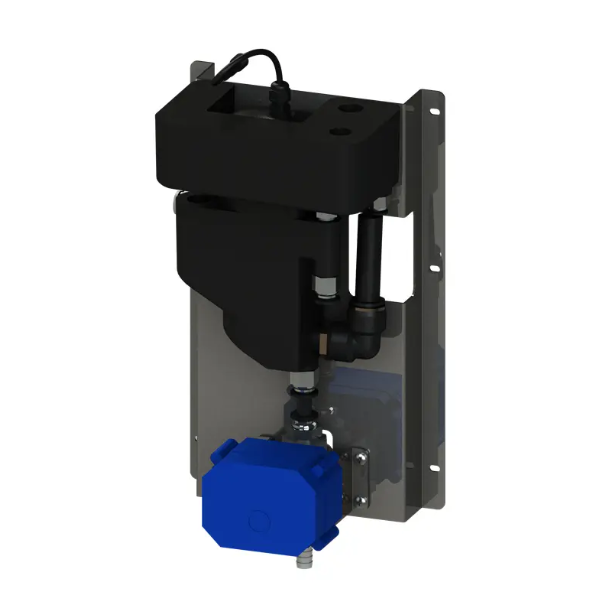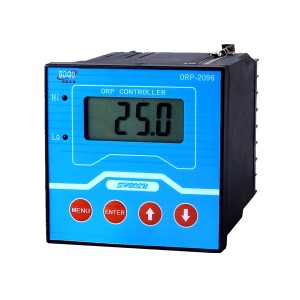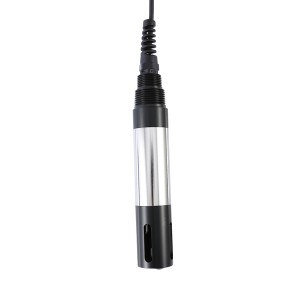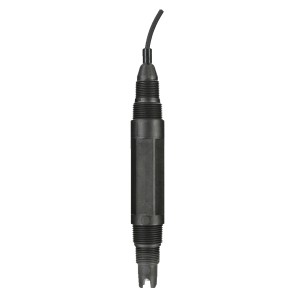What is a turbidity sensor and what is a turbidity sensor commonly used for? If you want to know more about it, this blog is for you!
What Is A Turbidity Sensor?
A turbidity sensor is an instrument used to measure the clarity or cloudiness of a liquid. It works by shining light through the liquid and measuring the amount of light that is scattered by suspended particles in the liquid.
The more particles present, the more light will be scattered, and the higher the turbidity reading will be. Turbidity sensors are commonly used in water treatment plants, environmental monitoring, and industrial processes where the clarity of a liquid is important.
How does a Turbidity Sensor work?
A turbidity sensor typically consists of a light source, a photodetector, and a chamber to hold the liquid being measured. The light source emits a beam of light into the chamber, and the photodetector measures the amount of light that is scattered by the particles in the liquid.
The amount of scattered light is converted into a turbidity value using a calibration curve, which relates the turbidity reading to the amount of scattered light.
Types of Turbidity Sensors:
There are two main types of turbidity sensors: nephelometric and turbidimetric. Nephelometric sensors measure the amount of light scattered at a 90-degree angle to the incident light, while turbidimetric sensors measure the amount of light scattered at an angle of 180 degrees.
Nephelometric sensors are more sensitive and accurate, but turbidimetric sensors are simpler and more robust.
The Differences Between Turbidity Sensor And TSS Sensor:
TSS Sensor and Turbidity Sensor are both instruments used to measure suspended solids in a liquid, but they differ in the method of measurement and the type of solids they can measure.
TSS Sensor:
A TSS Sensor, or Total Suspended Solids Sensor, measures the mass of solids suspended in a liquid. It uses a variety of methods such as light scattering, absorption, or beta attenuation to determine the number of suspended solids in the liquid.
TSS Sensors can measure all types of solids, including organic and inorganic particles, and can be used in a wide range of applications, including wastewater treatment, industrial processes, and environmental monitoring.
Turbidity Sensor:
A Turbidity Sensor, on the other hand, measures the clarity or cloudiness of a liquid. It measures the amount of light scattered or absorbed by suspended particles in the liquid and converts this measurement into a turbidity value.
Turbidity Sensors can only measure the number of suspended solids that affect the clarity of the liquid and are typically used in applications such as drinking water quality monitoring, industrial process control, and research.
Differences between TSS Sensor and Turbidity Sensor:
The main differences between TSS Sensors and Turbidity Sensors are their measurement methods and the type of solids they can measure.
TSS Sensors measure the mass of all types of suspended solids in a liquid, while Turbidity Sensors only measure the number of suspended solids that affect the clarity of the liquid.
Additionally, TSS Sensors can use a variety of measurement methods, while Turbidity Sensors typically use light scattering or absorption methods.
The Importance Of Turbidity Sensor: The Importance Of Detecting Turbidity
Turbidity is an important parameter that is used to assess the quality of a liquid. It refers to the number of suspended particles or sediment in the liquid and can affect the taste, odor, and safety of drinking water, the health of aquatic ecosystems, and the quality and safety of industrial products.
Therefore, detecting turbidity is essential for ensuring the quality and safety of a wide range of liquids.
Ensuring Safe Drinking Water:
One of the most important applications of turbidity sensors is in water treatment plants. By measuring the turbidity of raw water before and after treatment, it is possible to ensure that the treatment process is effective in removing suspended particles and sediment.
High turbidity readings can indicate the presence of pathogens or other contaminants that can cause illness, making it essential to detect and correct these issues before the water is distributed to consumers.
Protecting Aquatic Ecosystems:
Turbidity sensors are also used in environmental monitoring to assess the health of aquatic ecosystems. High turbidity readings can indicate the presence of pollutants or sedimentation, which can affect the growth and survival of aquatic plants and animals.
By monitoring turbidity levels, it is possible to identify and mitigate sources of pollution and protect the health of aquatic ecosystems.
Maintaining Quality and Safety in Industrial Processes:
Turbidity sensors are used in a variety of industrial processes, such as food and beverage production, pharmaceutical manufacturing, and chemical processing.
High turbidity readings can indicate the presence of impurities or contaminants, which can affect the quality and safety of the final product. By monitoring turbidity levels, it is possible to detect and correct issues before they cause harm to consumers or damage the reputation of the company.
What Is A Turbidity Sensor Commonly Used For?
This is important in many different applications, including drinking water, wastewater treatment, industrial processes, and environmental monitoring.
By detecting changes in turbidity, operators can quickly identify potential issues with the quality or safety of the liquid and take appropriate action to address them.
High Performance:
The Digital Drinking Water Turbidity Sensor BH-485-TB is a high-performance turbidity sensor that is specifically designed for online monitoring of drinking water quality. It features a low detection limit of 0.015NTU and an indication accuracy of 2%, making it highly effective at detecting even small amounts of suspended particles or sediment in the water.
Maintenance-Free:
One of the key benefits of the BH-485-TB sensor is that it is designed to be maintenance-free. It features intelligent sewage control that eliminates the need for manual maintenance, ensuring that the sensor continues to operate effectively without requiring regular attention from operators.
Applications:
l In drinking water applications, turbidity sensors are particularly important for ensuring compliance with regulations and protecting public health.
l In industrial processes, they are used for monitoring and controlling the quality of process water and for detecting any changes that could impact product quality or efficiency.
l In environmental monitoring, turbidity sensors can be used to measure the clarity of water bodies and to detect changes in sediment levels that could impact aquatic ecosystems.
Overall, turbidity sensors are essential tools for maintaining the quality and safety of liquids in a wide range of applications.
Final words:
What is a turbidity sensor? Turbidity sensors play a crucial role in ensuring the quality and safety of liquids in a wide range of applications.
By detecting and monitoring turbidity levels, it is possible to identify and correct issues before they cause harm to human health, the environment, or industrial products.
Therefore, turbidity sensors are an essential tool for maintaining the quality and safety of liquids in a variety of settings.
Post time: Mar-21-2023
















